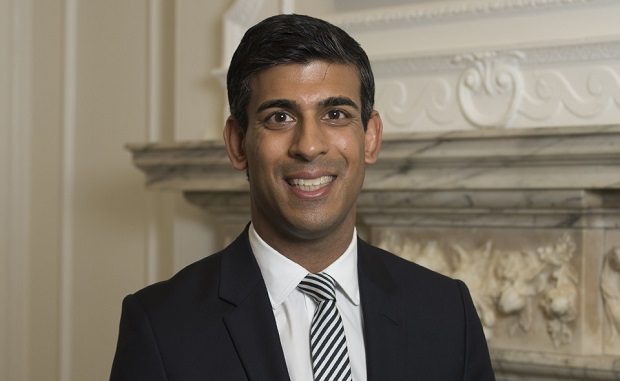
The Self-Employment Income Support Scheme (SEISS) has been extended to include a second grant.
Chancellor Rishi Sunak announced the second grant payment during the government’s public briefing yesterday (May 29).
The scheme, which has so far seen 2.3 million claims worth £6.8 billion, will be worth 70% of average monthly trading profits, paid out in a single instalment covering three months’ worth of profits, and capped at £6,570 in total.
The scheme will be open for applications in August.
The first self employment grants were paid this month (May) and covered 80% of trading profits based on calculations over tax years 2016/17 to 2018/19.
The Chancellor also set out more details on how the Coronavirus Job Retention Scheme (CJRS) will continue to support jobs and business as people return to work, following the announcement of an extension of the scheme on May 12.
So far, the CJRS has helped 1 million employers across the UK furlough 8.4 million jobs.
From 1 July 2020, businesses will be given the flexibility to bring furloughed employees back part time. This is a month earlier than previously announced to help support people back to work.
Individual firms will decide the hours and shift patterns their employees will work on their return, so that they can decide on the best approach for them – and will be responsible for paying their wages while in work.
From August 2020, the level of government grant provided through the job retention scheme will be slowly tapered to reflect that people will be returning to work. That means that for June and July the government will continue to pay 80% of people’s salaries. In the following months, businesses will be asked to contribute a modest share, but individuals will continue to receive that 80% of salary covering the time they are unable to work.
The scheme updates mean that the following will apply for the period people are furloughed:
June and July: The government will pay 80% of wages up to a cap of £2,500 as well as employer National Insurance (ER NICS) and pension contributions. Employers are not required to pay anything.
August: The government will pay 80% of wages up to a cap of £2,500. Employers will pay ER NICs and pension contributions – for the average claim, this represents 5% of the gross employment costs the employer would have incurred had the employee not been furloughed.
September: The government will pay 70% of wages up to a cap of £2,187.50. Employers will pay ER NICs and pension contributions and 10% of wages to make up 80% total up to a cap of £2,500. For the average claim, this represents 14% of the gross employment costs the employer would have incurred had the employee not been furloughed.
October: The government will pay 60% of wages up to a cap of £1,875. Employers will pay ER NICs and pension contributions and 20% of wages to make up 80% total up to a cap of £2,500. For the average claim, this represents 23% of the gross employment costs the employer would have incurred had the employee not been furloughed.
Chancellor Rishi Sunak said: “As we begin to re-open our country and kickstart our economy, these schemes will adjust to ensure those who are able to work can do so, while remaining amongst the most generous in the world.”
Employers will be required to submit data on the usual hours an employee would be expected to work in a claim period and actual hours worked. Employees who believe they are not getting their 80% share can also report any concerns to the HMRC fraud hotline. HMRC will not hesitate to take action against those found to be abusing the scheme.

